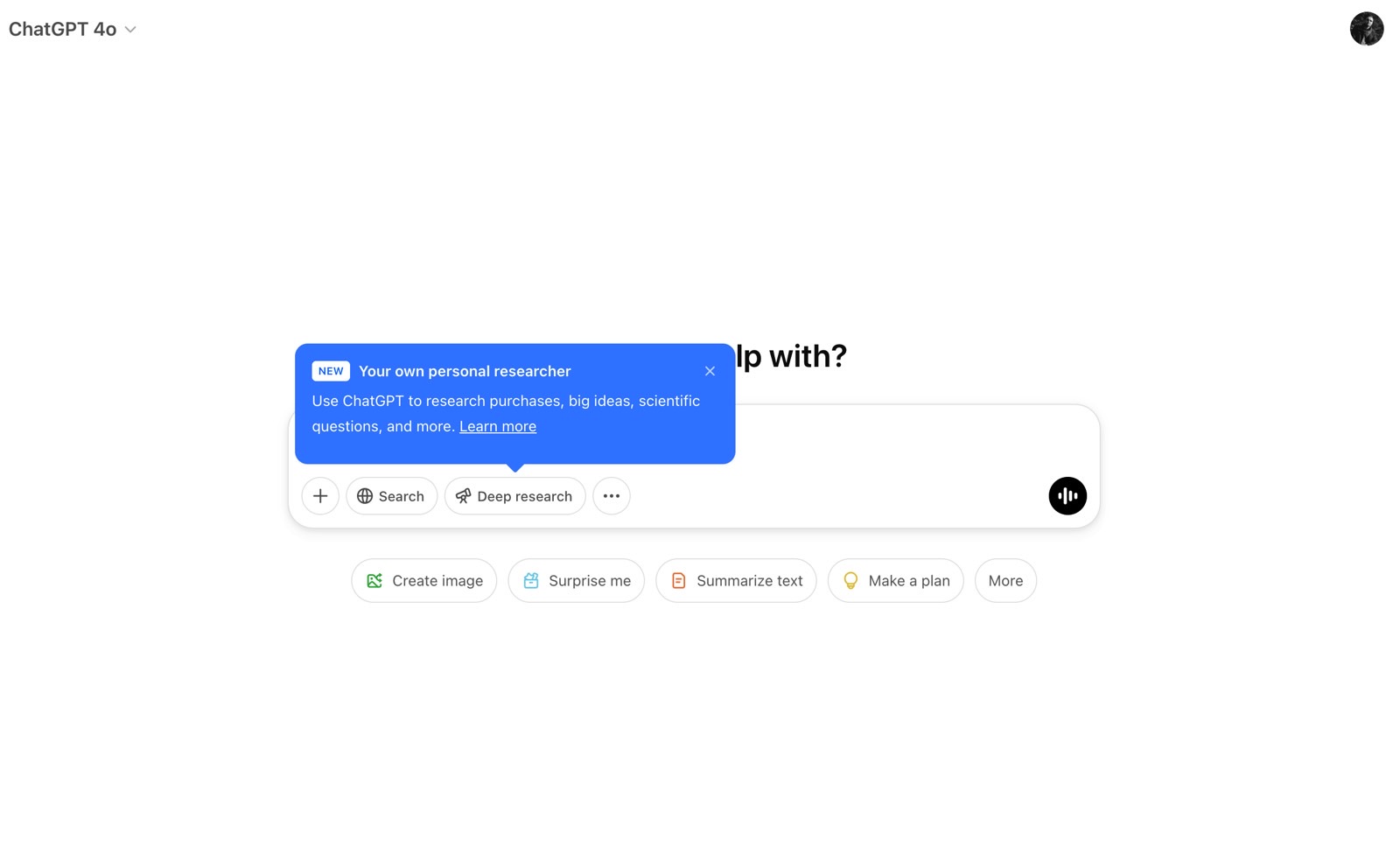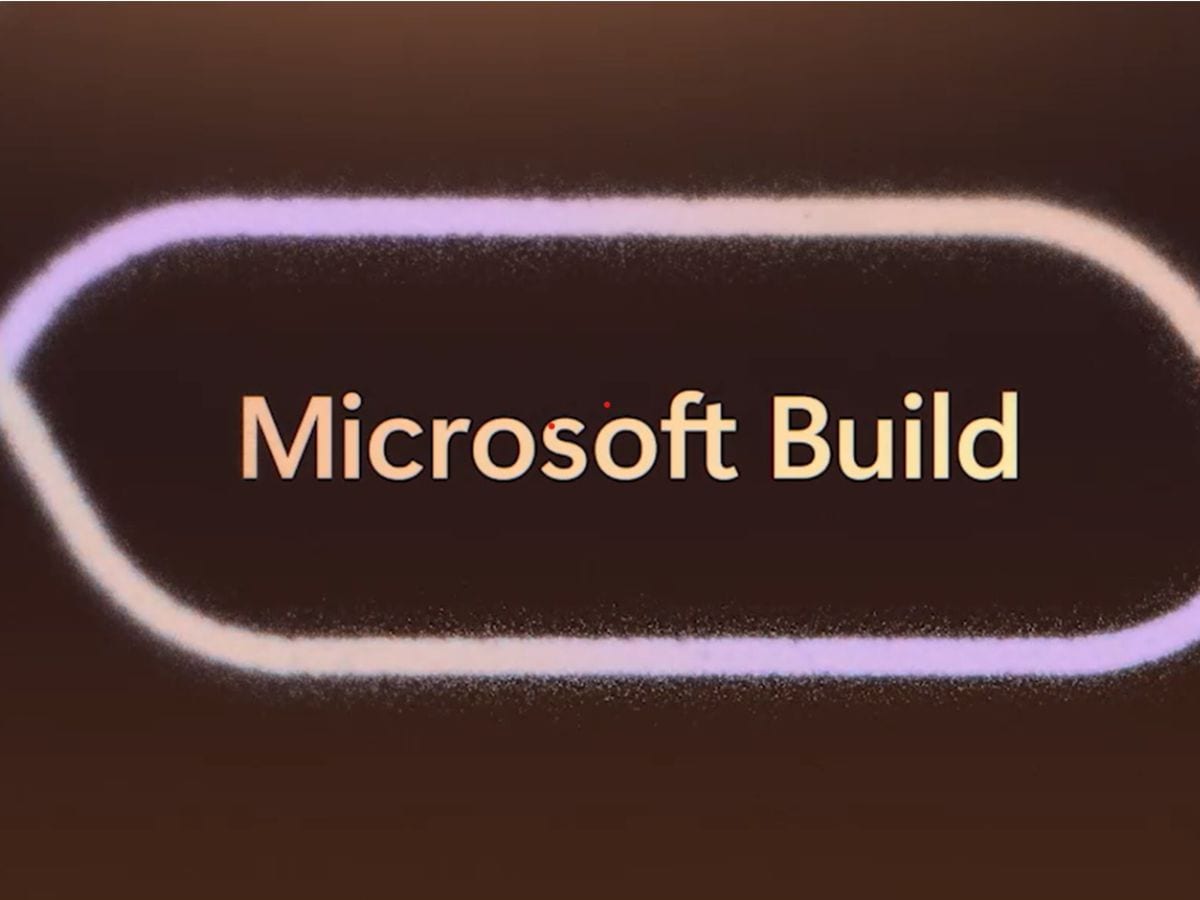A team of researchers has successfully conducted an experiment with which they have managed to send quantum messages at a distance of 254 kilometers through a convent fiber optic telecommunications networkl in Germany. The experiment, whose details have already been published in the journal Nature, is the work of a team of scientists from Toshiba Europe, of the Supercomputation Center and Networks of Poznan (Poland) and the Anglia University Ruskin (United Kingdom), led by researcher Mirko Pittaluga, from Toshiba.
It is not the first time that such an essay is carried out, since among others, a team from Harvard University achieved last year intertwined two quantum memory nodes located 35 kilometers from each other using optical fiber in the Boston area.
It was a closed Internet network between two points, which transported a signal coded by individual particles of safe light, instead of classic bits as the conventional network currently does. But in both cases the experiments of quantum messages have sat the preliminaries to achieve a quantum communications network, theoretically faster and more safe.
In addition, this new study is a new advance in sending quantum messages. The tests have managed to make a quantum distribution of keys through a distance that exceeds 250 kilometers and between several cities in Germany. The practical distribution of quantum keys is a method with which two parties can generate a safe secret key against interceptions, based on the principles of quantum physics.
The equipment that has transmitted these messages has also described a procedure that allows you to distribute quantum data through fiber optic cables without using cryogenic cooling to be able to achieve it. Instead, according to SNC Agency, the solution has been based on avalanche photon detectors (APDS), so its implementation has been more practical and economical.
Through phase stabilization techniques and frequency synchronization between nodes, the researchers managed to maintain coherence between the optical signals transmitted from the ends of the network to a central receiving node. During the operation, which lasted 7.5 hours, the system reached an 110 -bit of second -bits per second, with an interference visibility of more than 97%. In addition, the system showed a better polarization stability in real conditions than in laboratory, thanks to the use of underground optical fibers.
The network that has been used for the experiment, designed in star for greater scalability, was deployed in three telecommunications data centers, located in Frankfurt, Kehl and Kirchfeld, connected through 254 kilometers of commercial fiber optic fiber, a distance for the practical distribution of quantum keys in the real world considered record.
According to the researchers, the quantum messages sent through said telecommunications network represent the first known report of coherent quantum communications, when the quantum states are maintained while the retransmission lasts, using existing commercial telecommunications infrastructure.
To Carlos Sabín, from the Department of Theoretical Physics of the Autonomous University of Madrid«Although there are similar experiments that reach even larger distances, the most new thing about these new results is that existing commercial fiber is used and no more sophisticated and habitual technology is added in quantum physics laboratories, such as cavities or refrigerators for ultrabajas temperatures«.
The expert has also pointed out that the use of optical photons in this experiment allows quantum communications to very large distances. Besides, “These new results, with small error rates around 5 %, represent a step forward in the possibility of creating communications networks based on quantum physics and integrated in existing optical optical technology in our cities“, although “It should be clarified that we would still be in a very preliminary stage of development«.











